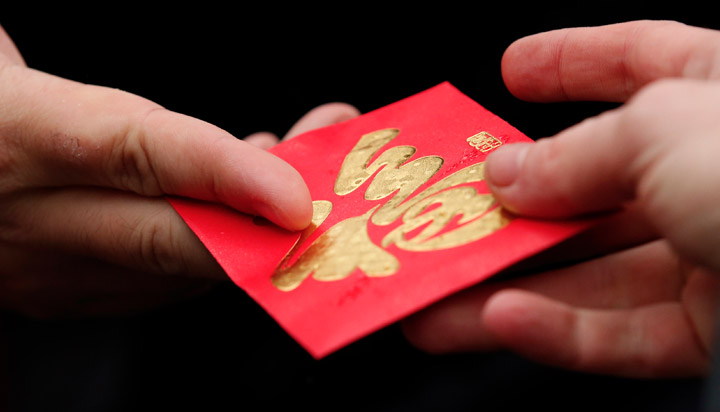For most of my career I have had a foot firmly planted in the consumer packaged goods/fast-moving consumer goods (CPG/FMCG) world. As such, I have been a great fan of brand utility. One’s job as an advertiser becomes infinitely easier if a brand actually does what it says it does, to the extent it promises it will. Even better if that brand has a superior benefit to people’s lives, both functionally and emotionally. Then something hit me squarely between the eyes this past Chinese New Year when I finally understood WeChat a bit more and coupled that with the intimacy that Chinese brands have been able to establish with their consumers through digital and ecommerce. WeChat actually cracked the code on communication utility.
During Chinese New Year, it’s customary to give monetary gifts in red envelopes. WeChat reimaged that tradition by allowing app users to send virtual red envelopes that were directly deposited into the mobile payment accounts of friends and family. During the Spring Festival Gala, users just had to shake their mobile phones for the chance to win red envelopes from the company, with a total of 1.2 billion red envelopes worth $83 million distributed during the promotion. It was a brilliant piece of branding that got people excited, got people talking, and got people doing something. It was not only useful to people (who doesn’t like a bit of extra cash?!), it sat at the nexus of cultural relevance, communication utility, and fun. How fantastic!
Communication utility: what a great challenge for brands and marketers! I suspect that soon, advertising and marketing will be judged not only by how it is able to cut through the clutter and clearly communicate (read broadcast), but by how useful it is in and of itself. The challenge becomes literally, how can we create communications people want to be part of, that they want to use and share with their friends. The Eshopper marketing world is rife with opportunity if executed properly. Compare brand benefits live or virtually, deliver a virtual at shelf experience that blows people’s minds, communicate in a way that creates action like WeChat, and gets people doing something with your brand beyond its obvious benefits.
I’d also argue that Amazon’s return policy is not only a core operating principle, it is communication utility: broadly communicated, culturally relevant, and highly useful. In brick-and-mortar retail, utility can be seen in “shopper marketing”—understanding how target consumers behave in different venues and formats. Utility is felt in everything from shelf design to store signage, aisle navigation to product packaging. Walmart—with its pickup grocery service, Savings Catcher app, and other innovations—has become especially well-tuned to how disciplined shopper marketing can enhance their customers’ experience.
Other fantastic examples of brands making a virtue of utility: Dr. Scholl’s foot-mapping kiosks that scan your feet to make orthotic insert recommendations; Nike stores’ gait analysis technology that helps staff members make proper running shoe recommendations; Nordstrom Rack and Hautelook’s ecommerce “flash sale” sites; and “virtual dressing rooms” with full-length mirrors that turn into interactive screens to bring even more choice into the fitting room.
It’s never been easier for people to shop around, compare prices online, and gather objective feedback; so we need to reframe how we think about communications. “Show, don’t tell,” is a classic piece of wisdom for fiction writers. “Do, don’t say,” might be the new motto for advertisers and marketers.
Image Source: pri.org

